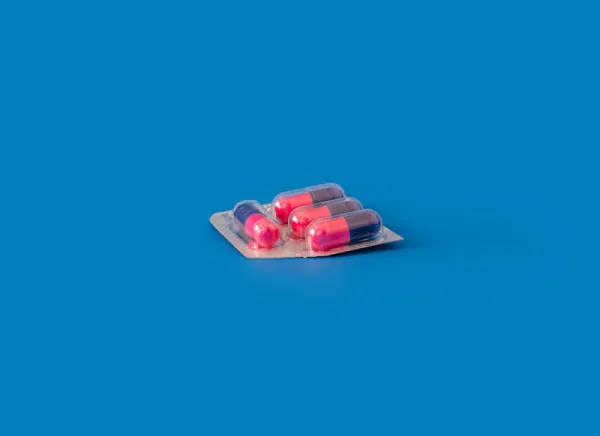What is Exenatide (Byetta)?

By now we've been over various substances that act as GLP1 Receptor Agonists:
- Dulaglutide (Trulicity)
- Semaglutide (Ozempic, Wegovy, Rybelsus)
- Liraglutide (Victoza, Saxenda)
A relatively recent entrant onto the scene is Exenatide (AKA Byetta)

Exenatide is a GLP1 Receptor Agonist that is used to treat type 2 diabetes, which is meant to be used together with diet and exercise.
Unlike other treatments like Semaglutide, Exenatide is normally used together with metformin, a main "first-line" treatment for the treatment of type 2 diabetes.
Who created Exenatide?
Exenatide was created in 1992 by a scientist named John Eng working at the Veteran's Administration medical center in New York.
John is a highly cited researcher, credited for discovering the latent qualities of the saliva of the Gila monster, which lead to the revelations and ability to mass produce GLP1 Receptor agonists.
Exenatide is produced by Amylin Pharmaceuticals and sold by AstraZeneca. Their primary current exenatide drug is Bydureon BCise:

Exenatide is also known as the active ingredient in Byetta, which doesn't have a consumer-facing page, but does have prescribing information that can be found online.

How does Exenatide differ from Semaglutide (Ozempic, Wegovy, Rybelsus)?
Exenatide works in combination with Metformin, which is different from drugs like Ozempic which were approved and can generally work alone.
Wegovy is most unique in that it's been approved for weight control and not just treatment of type 2 diabetes.
Is Exenatide safe?
Many of the side effects of Exenatide match those of other GLP1 agonists:

One of the main differences is the focus on kidney function impact:

You should not use this medicine if you have severe kidney disease (or you are on dialysis), or if you have slowed digestion or diabetic ketoacidosis.
How is Exenatide normally administered?
Exenatide is normally administered via subcutaneous injection, twice a day.
This is quite different from other GLP1 Receptor Agonists which are normally either injected once a week (Ozempic, Wegovy), and some that can be taken orally (Rybelsus).
Are there any unexpected positive effects of using Exenatide?
One effect that's somewhat unexpected is that Exenatide also reduces liver fat content:
Exenatide reduces liver fat content. Fat accumulation in the liver or nonalcoholic fatty liver disease (NAFLD) is strongly related with several metabolic disorders, in particular low HDL cholesterol and high triglycerides, present in patients with type 2 diabetes. It became apparent that exenatide reduced liver fat in mice,[26] rat[27] and more recently in man.[28]
Outside of this unexpected positive effects, many of the normal expected benefits of GLP1 Receptor Agonists are present – reduced appetite, longer feeling of fullness, and weight loss.
Is Exenatide worth trying over Semaglutide?
As always, this is a conversation to have with your doctor or primary care physician, or a qualified medical professional in your life.
While the risks of Exenatide mostly overlap with Semaglutide, it's important for people with kidney issues and other risks to consult a doctor first to find out which treatment will have the best holistic effects on their health.







